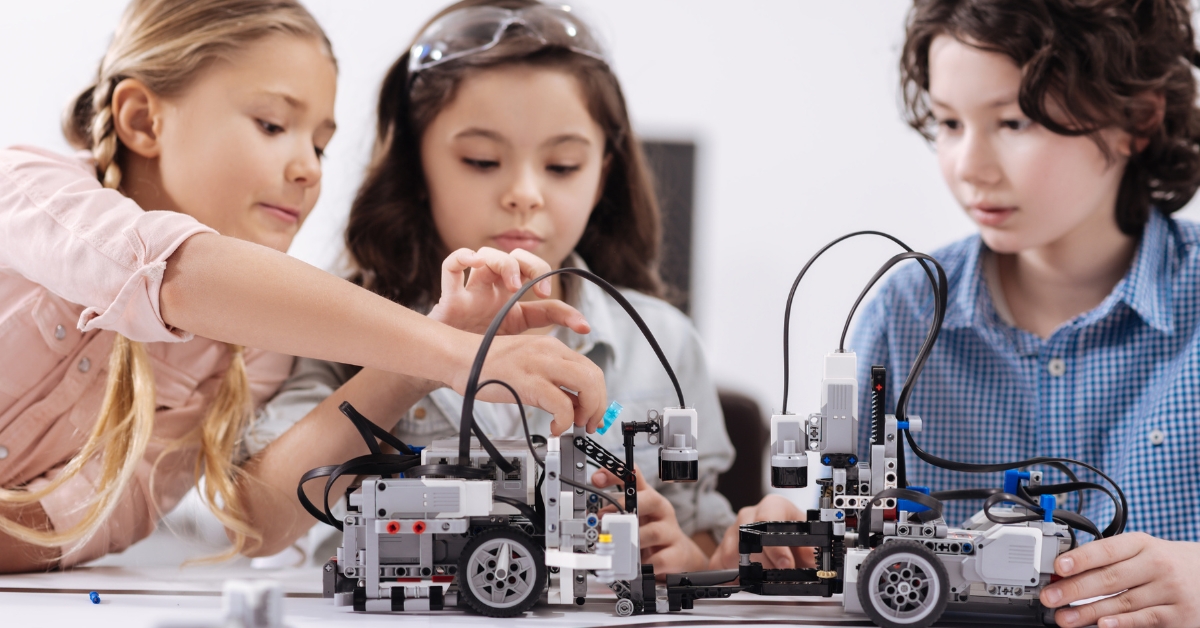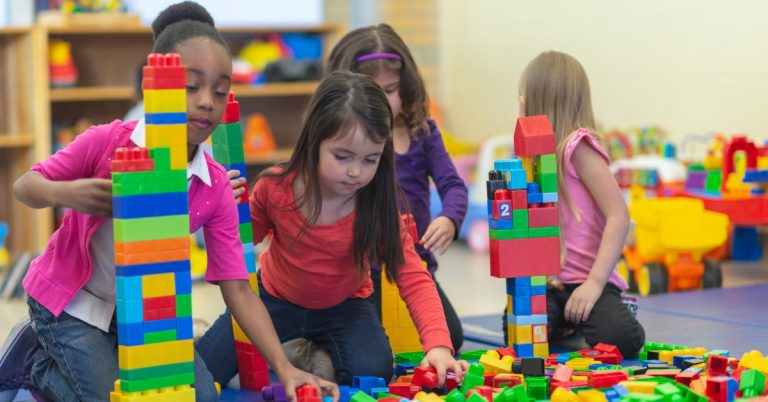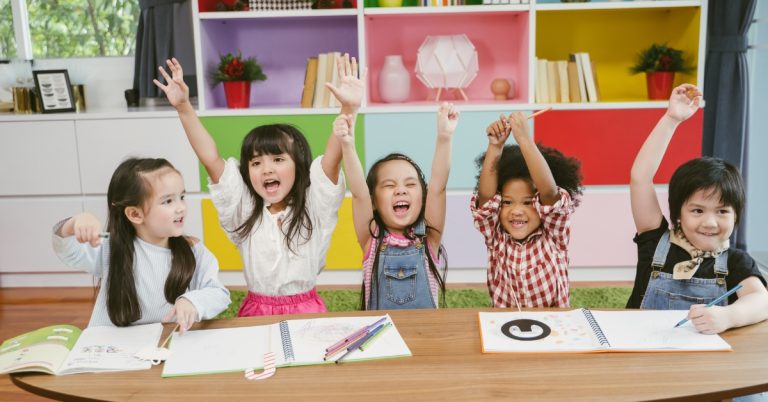In an era defined by rapid technological advancements, shifting economic landscapes, and increasing global interconnectivity, the landscape of education is undergoing a profound transformation. Traditional methods of teaching and learning are being reimagined to meet the diverse needs of students and prepare them for a world that demands adaptability, critical thinking, and technological proficiency. This article explores innovative strategies for educational development that promise to transform the futures of learners across the globe.
1. Personalized Learning
Personalized learning is at the forefront of educational innovation, focusing on tailoring the learning experience to individual students’ needs, interests, and strengths. Through the use of adaptive learning technologies, educators can create customized learning pathways that allow students to progress at their own pace. This approach not only fosters a deeper understanding of the material but also enhances student engagement and motivation.
For instance, platforms like Khan Academy and DreamBox Learning utilize algorithms to assess a student’s proficiency in specific subjects, delivering content that corresponds with their unique skill levels. By embracing personalized learning, schools can ensure that no student is left behind, catering to diverse learning styles and paces.
2. Blended Learning Environments
Blended learning combines traditional face-to-face instruction with online learning, creating a flexible educational model that maximizes the benefits of both formats. This approach allows teachers to leverage technology while maintaining the interpersonal connections essential for effective learning.
Schools employing blended learning strategies often report improved student performance and satisfaction. For example, flipped classrooms – where students engage with instructional videos at home and complete assignments during class – enable educators to provide more individualized support. Furthermore, online tools can streamline collaboration among students, facilitating group projects and discussions across geographical boundaries.
3. Project-Based Learning (PBL)
Project-Based Learning (PBL) engages students in hands-on, real-world projects that require teamwork, problem-solving, and critical thinking. This method not only enriches the learning experience but also helps students acquire practical skills that are directly applicable to their future careers.
Incorporating PBL into the curriculum can stimulate student interest and drive home the relevance of academic content. For example, students might work on a community sustainability project, addressing local environmental issues while applying scientific principles and developing their research skills. As they collaborate on solutions, students learn the importance of teamwork, communication, and perseverance—skills invaluable in any professional setting.
4. Social Emotional Learning (SEL)
Recognizing that emotional intelligence is as crucial as academic knowledge, many educators are embracing Social Emotional Learning (SEL) strategies in their classrooms. SEL programs teach students to understand and manage their emotions, develop empathy for others, and build positive relationships—all essential for personal and professional success.
By integrating SEL into educational curricula, schools create a supportive environment in which students feel safe to express themselves and take risks. This promotes not only mental well-being but also academic performance, as emotionally resilient students are better equipped to face challenges and navigate complex social dynamics.
5. Leveraging Technology for Global Collaboration
Technology has the potential to break down geographic barriers and promote global collaboration among students. Virtual classrooms, online forums, and international exchange programs enable learners to connect with peers from different cultures and backgrounds, fostering a broader worldview.
Platforms such as eTwinning and Global Scholars offer students opportunities to work on joint projects with classmates from around the world. This exposure cultivates cultural understanding and prepares students for a globalized workforce, where collaboration across borders is increasingly common.
6. Lifelong Learning and Micro-Credentials
As the concept of a “job for life” becomes less relevant in contemporary society, the importance of lifelong learning is being emphasized. Educational institutions are increasingly offering micro-credentials—short courses or certifications focused on specific skills – that enable learners to acquire knowledge relevant to their careers throughout their lives.
These flexible learning options empower individuals to adapt to changing job markets and technological advancements. By embracing lifelong learning, educational systems can equip students with the mindset needed to continuously grow and evolve in their professional journeys.
Conclusion
As we look to the future of education, it’s clear that innovative strategies are paramount in shaping a more inclusive and effective learning environment. By embracing personalized learning, blended environments, project-based learning, social emotional skills, global collaboration, and a commitment to lifelong learning, we can transform education into a powerful tool for personal and societal advancement. Education is not just about imparting knowledge; it’s about preparing students for the complexities of the world they will inherit. As we reimagine educational development through innovative strategies, we pave the way for individuals capable of transforming challenges into opportunities, ultimately leading to a brighter future for all.



